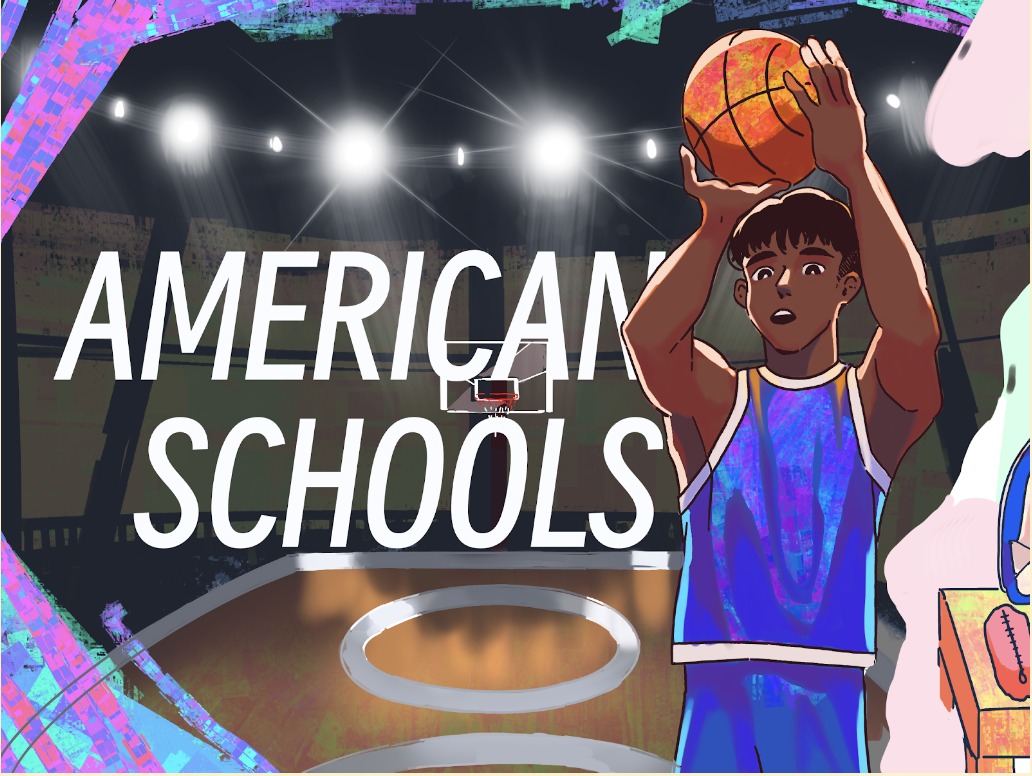These three clubs are different from each other
By Hugo Vera
In today’s popular culture, many students at Irvington consider the LEO, Key, and Interact clubs to be essentially the same thing. However, this is an infuriating misconception that has no actual truth behind it. Yes, these clubs are all service learning clubs that involve community service and humanitarian efforts. However, each one has a fascinating history behind these three clubs that may shed some light on just how unique and different each club is.
1). LEO Club
LEO is an acronym for “Leadership, Experience, Opportunity”. All of the LEO clubs that we see in high schools are actually just the youth branches of its parent organization, the Lions Club International. The Lions Club International was formed in 1917 by Melvin Jones, a Chicago businessman. Its logo includes the letter “L” or word “LEO” between two Lions heads. The club was established to promote humanitarian and economic aid during World War I and the club played an essential part in helping Allied nations such as France and Britain during World War II. Today, LEO clubs are in high schools all around the world, with the exception of northern Africa and the Middle-East. Today, Irvington’s current LEO club works to bring sanitary restrooms to schools in the Philippines and Southeast Asia.
2). Interact Club
Just like LEO, Interact clubs descend from the adult-run organization of the Rotary International Club that was formed in Illinois in 1905. The club, in both its adult and high-school branches, focuses on quality service and citizenship within communities to promote hometown camaraderie. Interact clubs are especially popular in Europe and Japan, where community service has been a vital part of recovering from the chaos of both World Wars. Its logo includes the letter “I”, surrounded by four circles to symbolize a constant rotation of service and duty. Irvington’s Interact branch aided in a campaign to raise awareness on African genocide last year.
3). Key Club
The Key Club is a teenager-level branch of the Kiwanis International club. The Kiwanis club was established in 1915 Indianapolis and specifically focuses on educating, feeding, and sheltering children living in third-world poverty and war-torn nations. Key Clubs in American high-schools operate in a system of districts that raise funds to aid children in certain parts of the world and to raise awareness of certain issues such as famine and child-militias. Its logo usually includes the letter “K” and a key to symbolize the challenges of humanity being unlocked. Irvington’s Key Club is currently combating international poverty.
In conclusion, all three of these clubs are outstanding organizations that meet the demand for responsible citizenship and international justice. And although they bear many similarities, their logos, history, and current activism is what defines these three clubs to this day.











